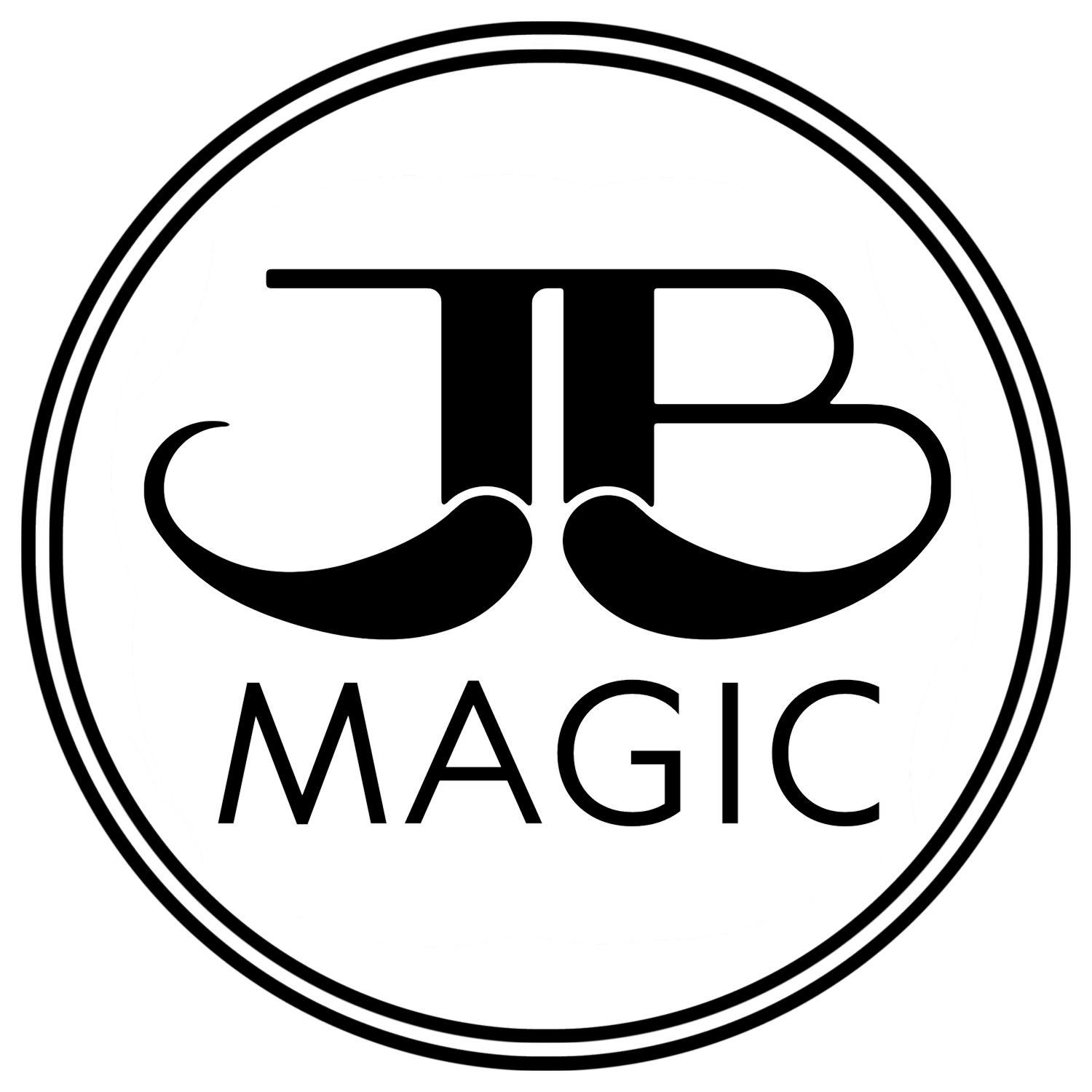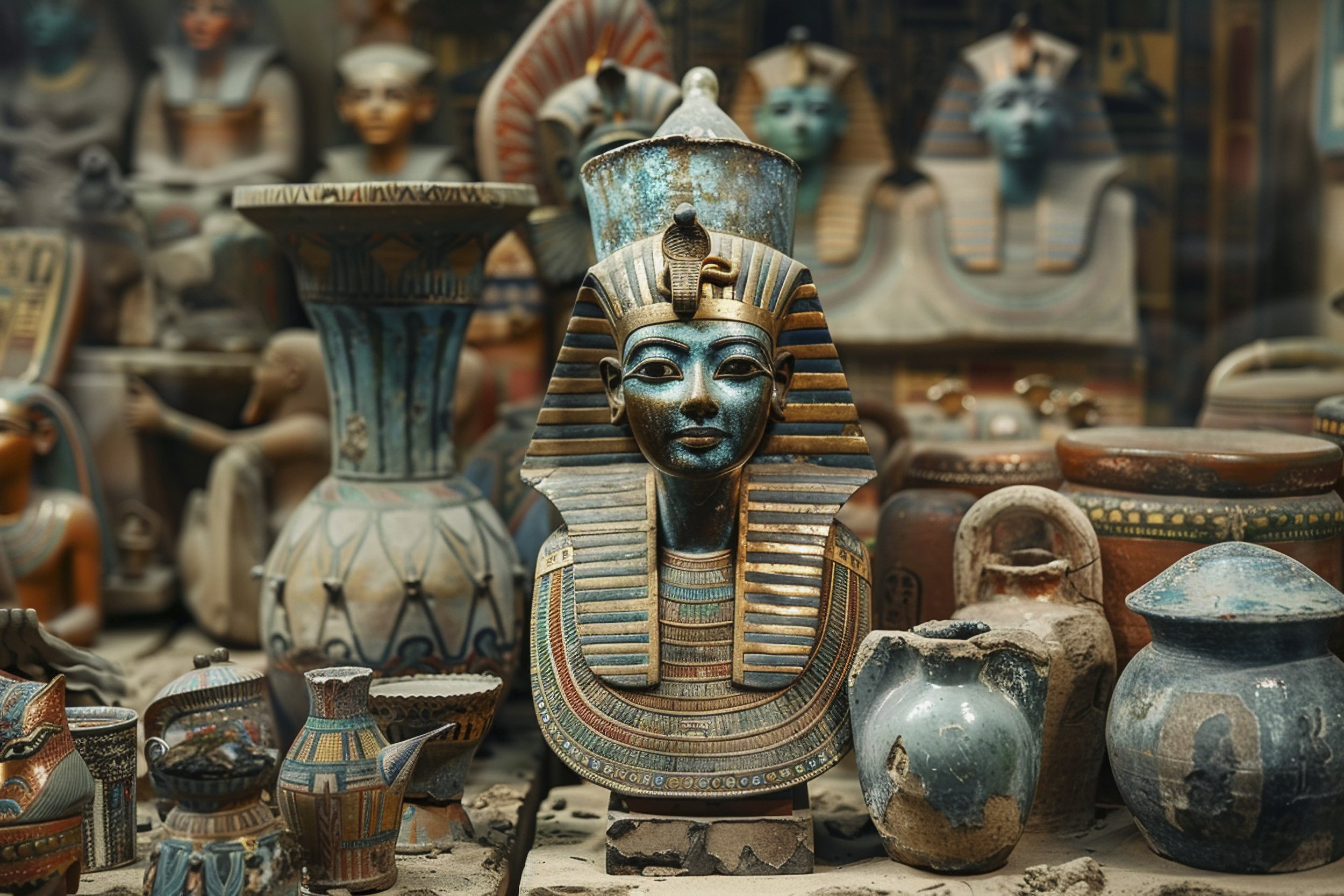The Evolution of Magic: From Ancient Egypt to Modern Day Performances
Hey there! I’m Jeff, a magician based in Los Angeles, and today I want to take you on a journey through the fascinating history of magic. Magic has been captivating audiences for centuries, evolving from mysterious rituals in ancient temples to the dazzling stage performances we see today. It’s a craft that has stood the test of time, constantly reinventing itself while maintaining its core of wonder and mystery.
Let’s explore how magic has evolved from its ancient origins to the modern-day shows that continue to amaze and inspire.
The Beginnings: Magic in Ancient Egypt
Magic has roots that stretch back thousands of years, with some of the earliest recorded instances found in ancient Egypt. The Egyptians were deeply spiritual people, and magic (or "heka," as they called it) was considered a divine force that could influence the gods and the natural world. Magicians, known as priests, performed rituals and spells to protect the pharaohs, ensure a successful harvest, and ward off evil spirits.
One of the earliest recorded magicians was Dedi, who lived around 2700 BCE. According to legend, Dedi could perform incredible feats, such as reattaching a severed head to a body and making a stone lion come to life. These stories, though likely exaggerated, illustrate the deep connection between magic and the divine in ancient Egyptian culture. Magic wasn’t just entertainment; it was a vital part of their spiritual and everyday lives.
Magic in the Middle Ages: From Mysticism to Performance
As we move forward in time, magic began to take on new forms. During the Middle Ages, magicians were often seen as both entertainers and mystics. They traveled from town to town, performing at fairs, festivals, and courts. These magicians were skilled in sleight of hand, using everyday objects like cups, balls, and coins to create illusions that fascinated and bewildered their audiences.
The Middle Ages also saw the rise of alchemy, which combined elements of magic, science, and philosophy. Alchemists sought to transform base metals into gold and discover the elixir of life, blending mystical rituals with early scientific experimentation. While many of these pursuits were rooted in superstition, they also laid the groundwork for the scientific principles that would later inform modern magic.
The Renaissance: The Birth of Modern Magic
The Renaissance was a period of great intellectual and artistic growth, and magic was no exception. This era saw the emergence of magic as a respected art form, with magicians beginning to document their tricks and share their knowledge with others. One of the most influential figures of this time was Jean Eugène Robert-Houdin, often considered the father of modern magic.
Robert-Houdin was a French magician who brought magic from the streets into the theater, transforming it into a sophisticated and elegant performance art. He introduced the idea of the magician as a master of illusion, using carefully crafted tricks to deceive the senses and challenge the mind. Robert-Houdin’s emphasis on showmanship and presentation set the standard for future magicians and helped elevate magic to the respected position it holds today.
The Golden Age of Magic: Spectacle and Innovation
The late 19th and early 20th centuries are often referred to as the Golden Age of Magic. This was a time when magic became a major form of entertainment, with magicians performing elaborate stage shows that combined illusion, theater, and spectacle. Theaters dedicated to magic performances began to spring up in cities around the world, and magicians became celebrities in their own right.
One of the most famous magicians of this era was Harry Houdini, whose daring escape acts captivated audiences and made him a household name. Houdini’s feats of strength, endurance, and ingenuity—such as escaping from locked chains underwater or freeing himself from a straightjacket while suspended in mid-air—pushed the boundaries of what people believed was possible. His performances were more than just tricks; they were tests of human will and endurance, making him an enduring symbol of the power of determination and skill.
This period also saw the rise of other legendary magicians like Howard Thurston and Harry Kellar, who wowed audiences with their grand illusions and charismatic performances. Magic was no longer just about sleight of hand; it was about creating an experience that transported the audience into a world of wonder and possibility.
Modern Magic: Innovation and Diversity
Today, magic continues to evolve, embracing new technologies and ideas while still honoring its ancient roots. Contemporary magicians draw from a wide range of influences, blending traditional tricks with cutting-edge innovations to create performances that are both nostalgic and forward-thinking.
Magicians like David Copperfield and Penn & Teller have redefined what it means to be a magician in the modern age. Copperfield is known for his grand, cinematic illusions, such as making the Statue of Liberty disappear or walking through the Great Wall of China. His performances are theatrical spectacles that push the limits of what can be achieved on stage.
Penn & Teller, on the other hand, have taken a more unconventional approach, combining magic with comedy, skepticism, and social commentary. Their shows often involve revealing the secrets behind their tricks, challenging the audience to think critically about what they’re seeing. This approach has brought a new level of transparency and intellectual engagement to magic, making it accessible to a broader audience.
My Role in the Tradition of Magic
As a magician in Los Angeles, I feel incredibly fortunate to be part of this long and storied tradition. Every time I step on stage, I’m not just performing tricks—I’m continuing a legacy that stretches back thousands of years. Whether I’m doing close-up magic for a small group or a grand illusion on a larger stage, I’m always mindful of the rich history behind what I do.
But while I draw inspiration from the past, I’m also passionate about bringing magic into the present. My goal is to create performances that resonate with today’s audiences, using modern techniques and ideas to keep the magic fresh and exciting. Whether it’s incorporating technology into my shows or developing new tricks that challenge the way people think, I’m always looking for ways to innovate and push the boundaries of what magic can be.
Magic has come a long way from its ancient origins in Egyptian temples, evolving into a dynamic and diverse art form that continues to captivate audiences around the world. Whether you’re watching a grand stage illusion or a simple card trick, you’re experiencing a piece of history—one that has been shaped by countless magicians over the centuries, and one that I’m proud to be a part of.
If you’re in Los Angeles and looking to experience the magic firsthand, I’d love to share a piece of this incredible tradition with you. Let’s make some history together!




